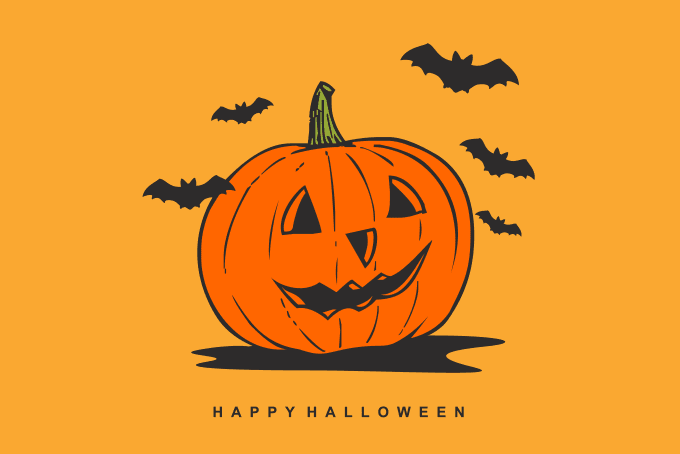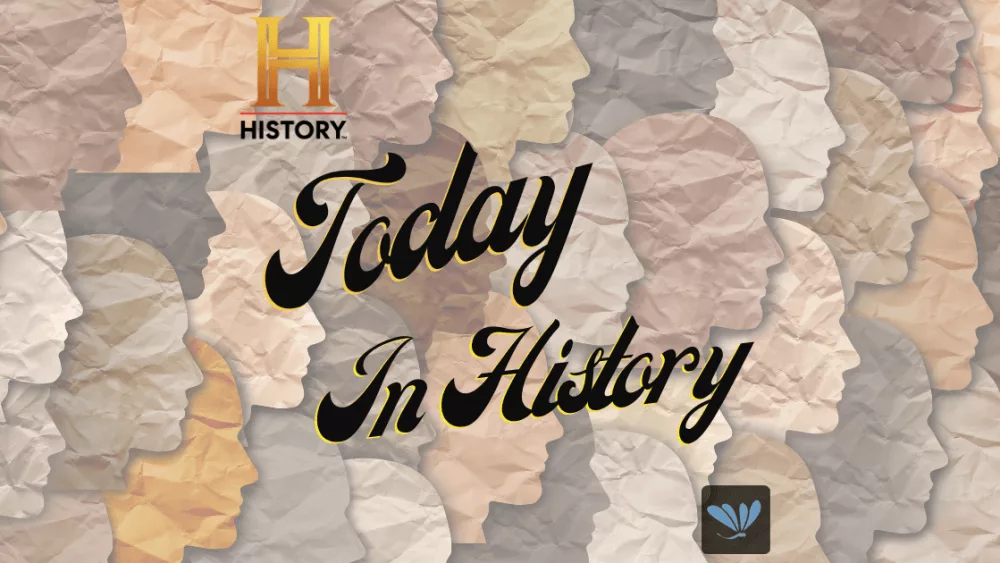The origins of the Halloween holiday date back thousands of years. Here is the story of the traces of the original lore that remain and how we went from carving turnips in the British Isles to spending $3 billion on candy annually in the United States.
Halloween as we know it is a secular celebration with roots in the Celtic harvest festival of Samhain, which was observed in ancient Britain and Ireland on November 1st. Samhain marked the halfway point between the autumn equinox and the winter solstice, the beginning of the new year. This coincided with a seasonal harvest and the start of winter preparations. This was also the day during which the Celts believed that the veil between the mortal and the supernatural was thinnest. Priests held rituals, and people lit bonfires to brighten the dark to scare away supernatural beings.
People donned masks to disguise themselves from the ghosts, faeries, and demons that were thought to roam this night. In the 7th century, Pope Boniface IV established All Saints’ Day in May. The date of this celebration was later moved to November 1st, possibly to overshadow any pagan traditions of Samhain, possibly because coinciding with the harvest meant there were more resources available at that time of year. Either way, this made the night before, October 31st, All Saints’ Eve or All Hallows’ Eve, hence Halloween.
Later, All Souls’ Day was proclaimed on November 2nd, introducing another Christian religious holiday to the period. Together, beginning with Halloween on October 31st, these three days are sometimes called Allhallowtide. By the end of the 15th century, All Hallows’ Eve had become a blend of sacred and secular. Secular celebrations remained especially strong in Britain, Ireland, and Scotland. One of the customs in Ireland in the 1800s involved carving vegetables—usually turnips, potatoes, or beets—into frightening faces to scare off spirits. These designs evolved to hold candles, as metal lanterns were prohibitively expensive for most people.
A museum in Ireland is still exhibiting a preserved “ghost turnip” today. When a number of Irish people immigrated to the United States in the mid-1800s to escape the Great Famine, they brought their Halloween traditions with them. They found pumpkins and other gourds, native to America, especially suitable for carving, giving rise to the now ubiquitous jack o’lanterns.
Halloween grew in popularity, becoming one of the primary holidays in the United States by the 20th century. And don’t even get us started on the history of trick-or-treating.



